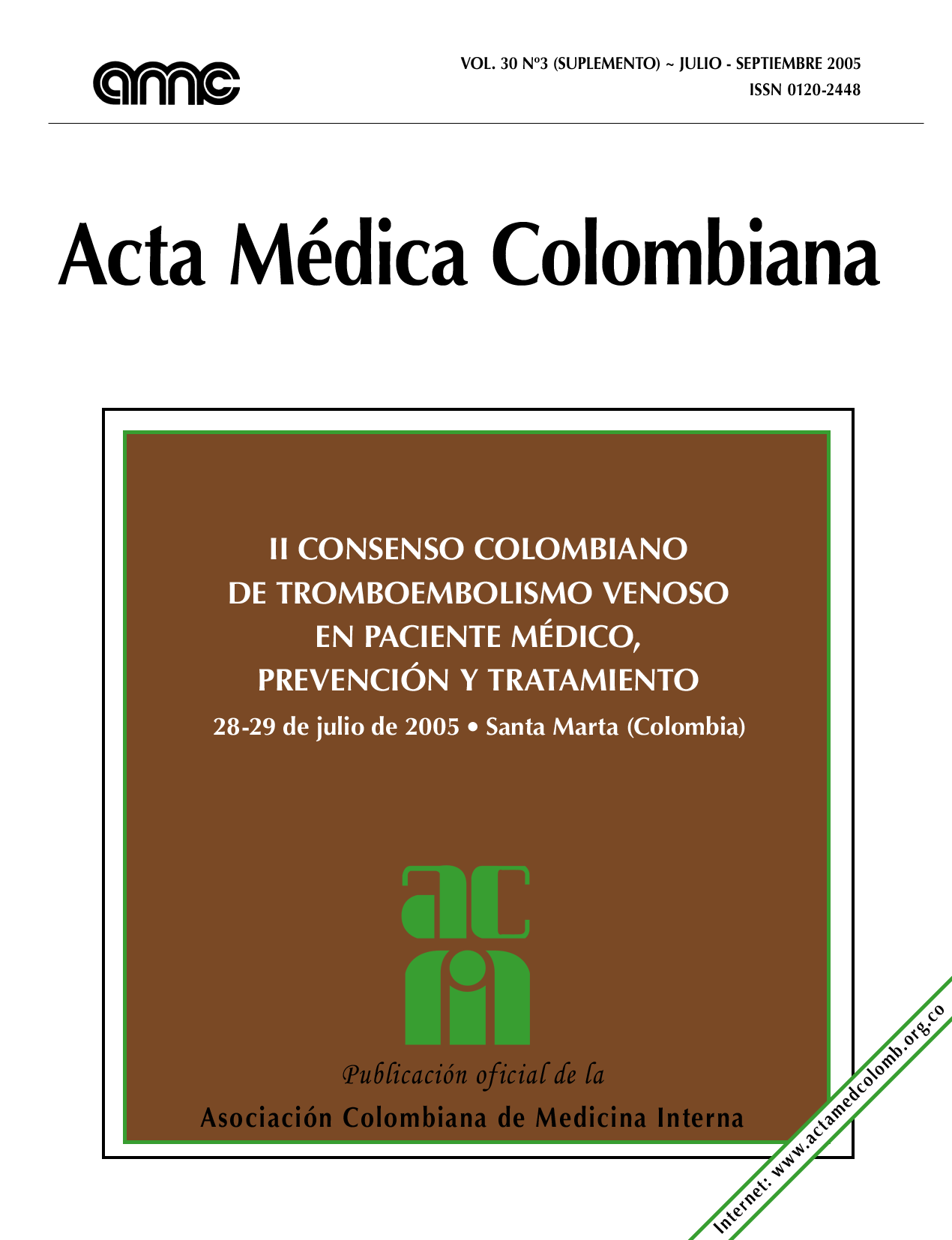Body composition and nutritional treatment in metabolic syndrome
Abstract
Determining body composition and body fat distribution has become increasingly important in the clinical assessment of patients with metabolic syndrome. Among the clinical measurements, waist circumference is of crudial importance because of its relationship regardless of the BMI with the cardiovascular risk associated with obesity and metabolic syndrome. However, from the clinical point of view, waist circumference does not distinguish between excess subcutaneous or perivisceral fat. With the advent of new imaging techniques such as CT and MRI, it is now possible to measure regional fat surface, and the use of DEXA enables the assessment of abdominal fat volumes. More recently, segmental octopular BIA (Tanita BC418) has allowed the determination of limb and trunk body composition, thus permitting follow-up of the various therapeutic modalities used. Increases in abdominal fat area as well as in intra-abdominal volume correlate with different risk factores associated with obesity, even more so that waist circumference, hence the greater frequency of use of these measurements in the clinic.
Metrics
Acta Medica Colombiana uses the CC-BY 4.0 license. Authors retain all rights over their work.


